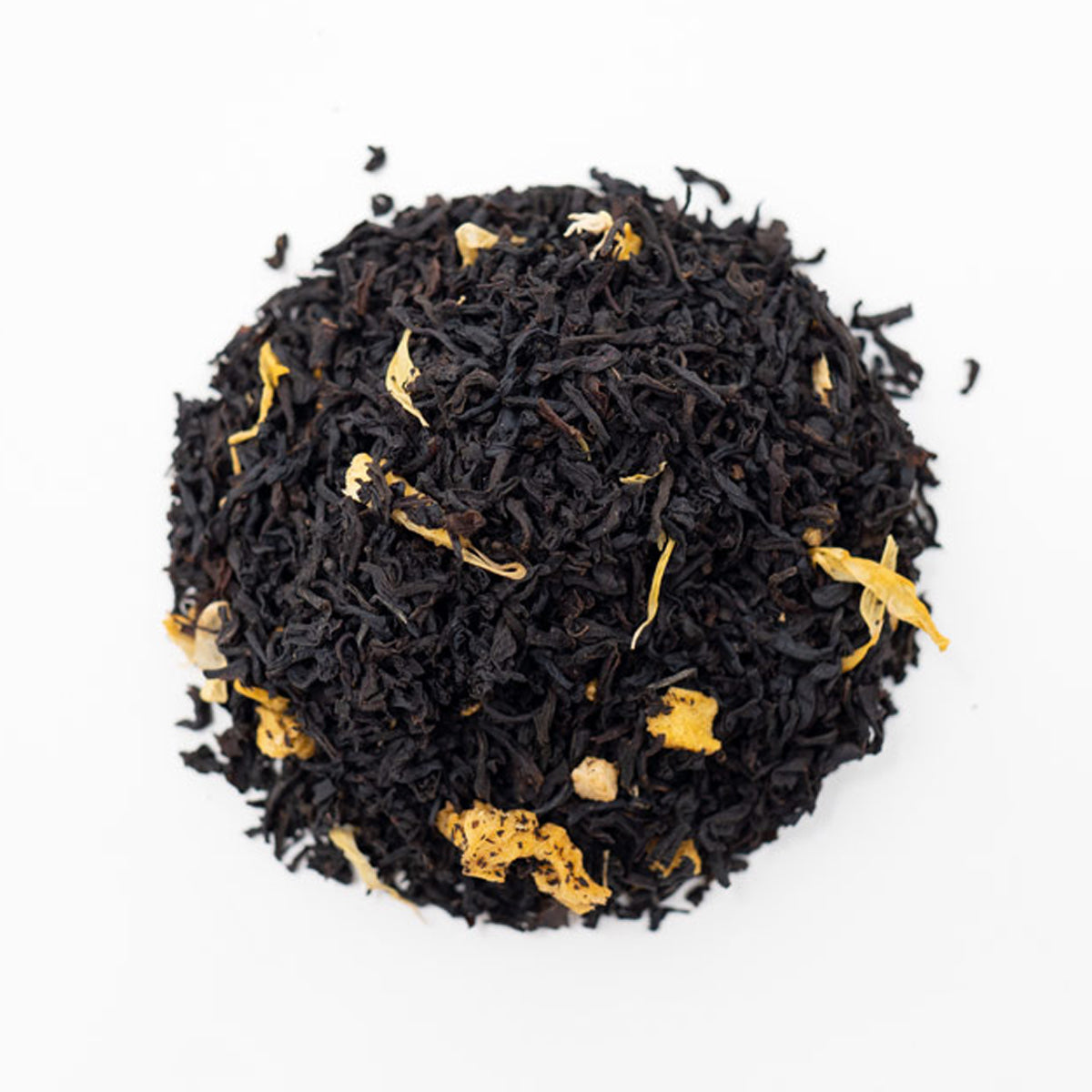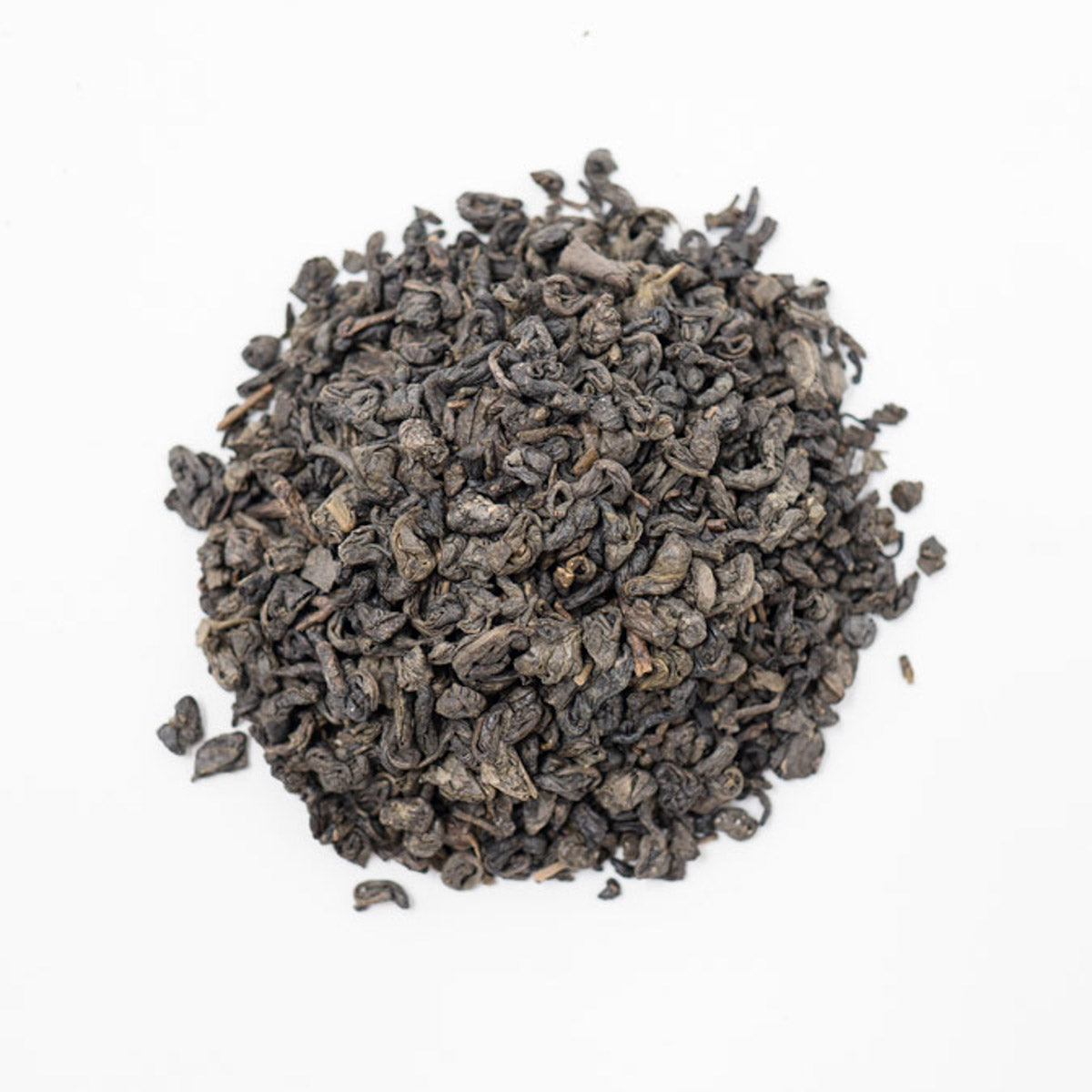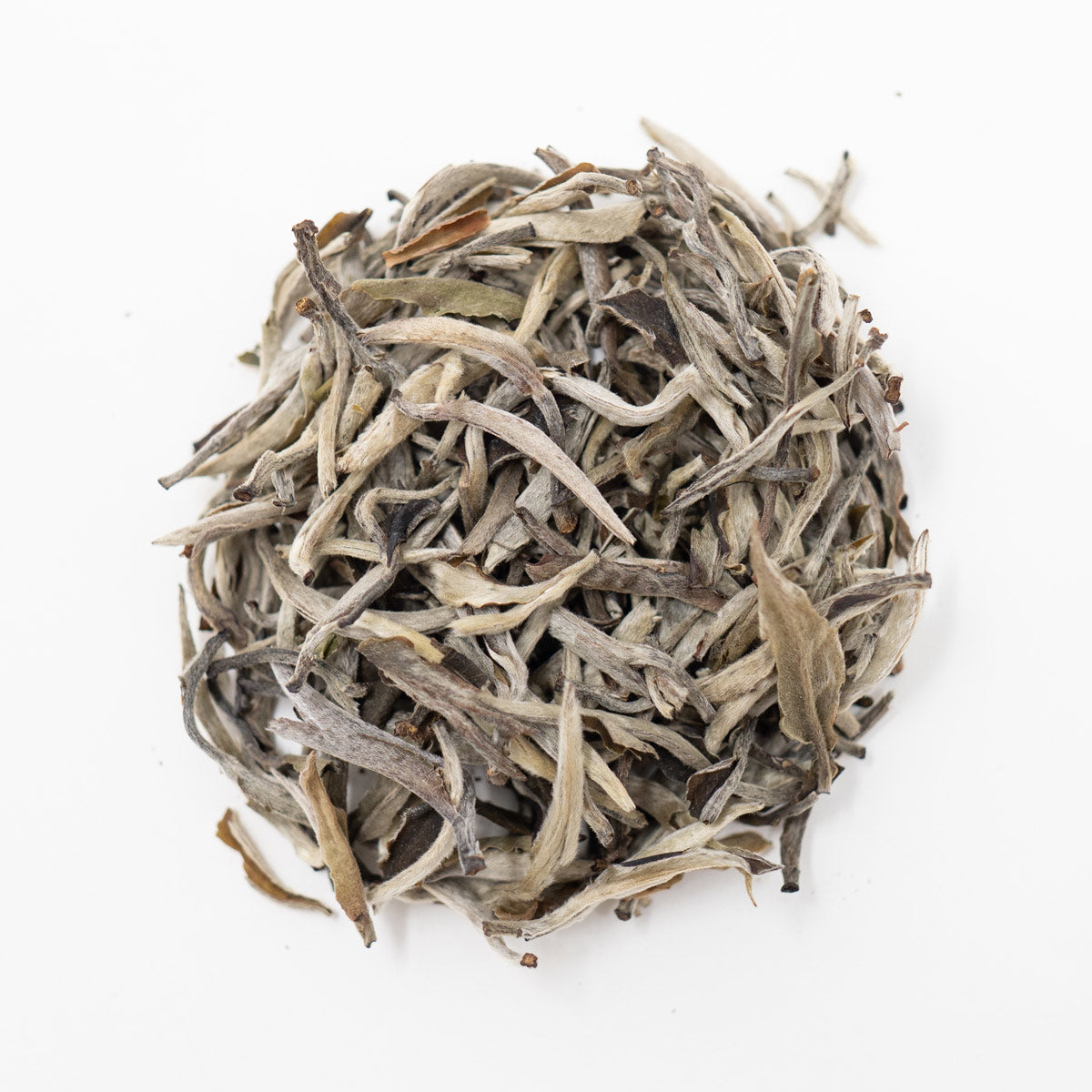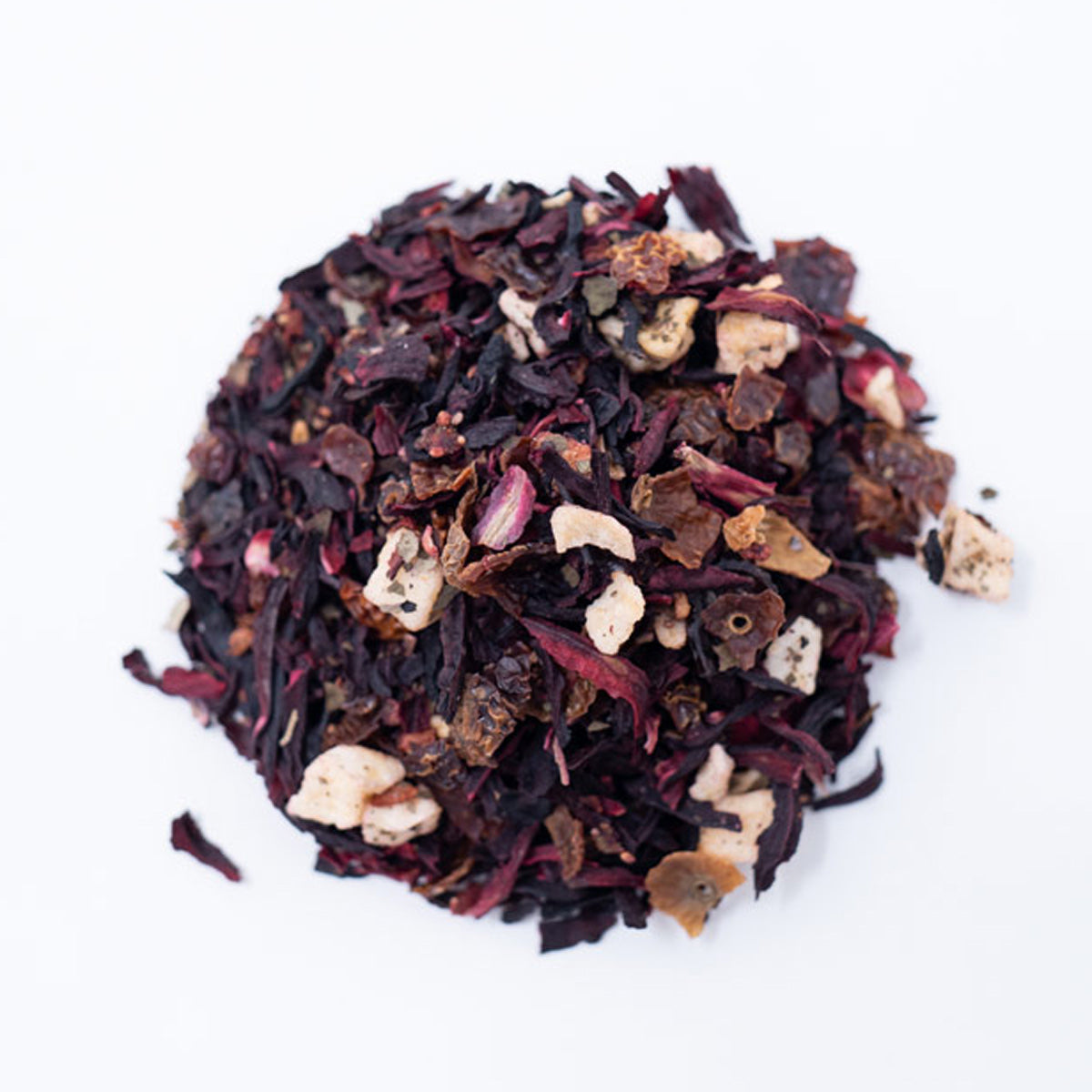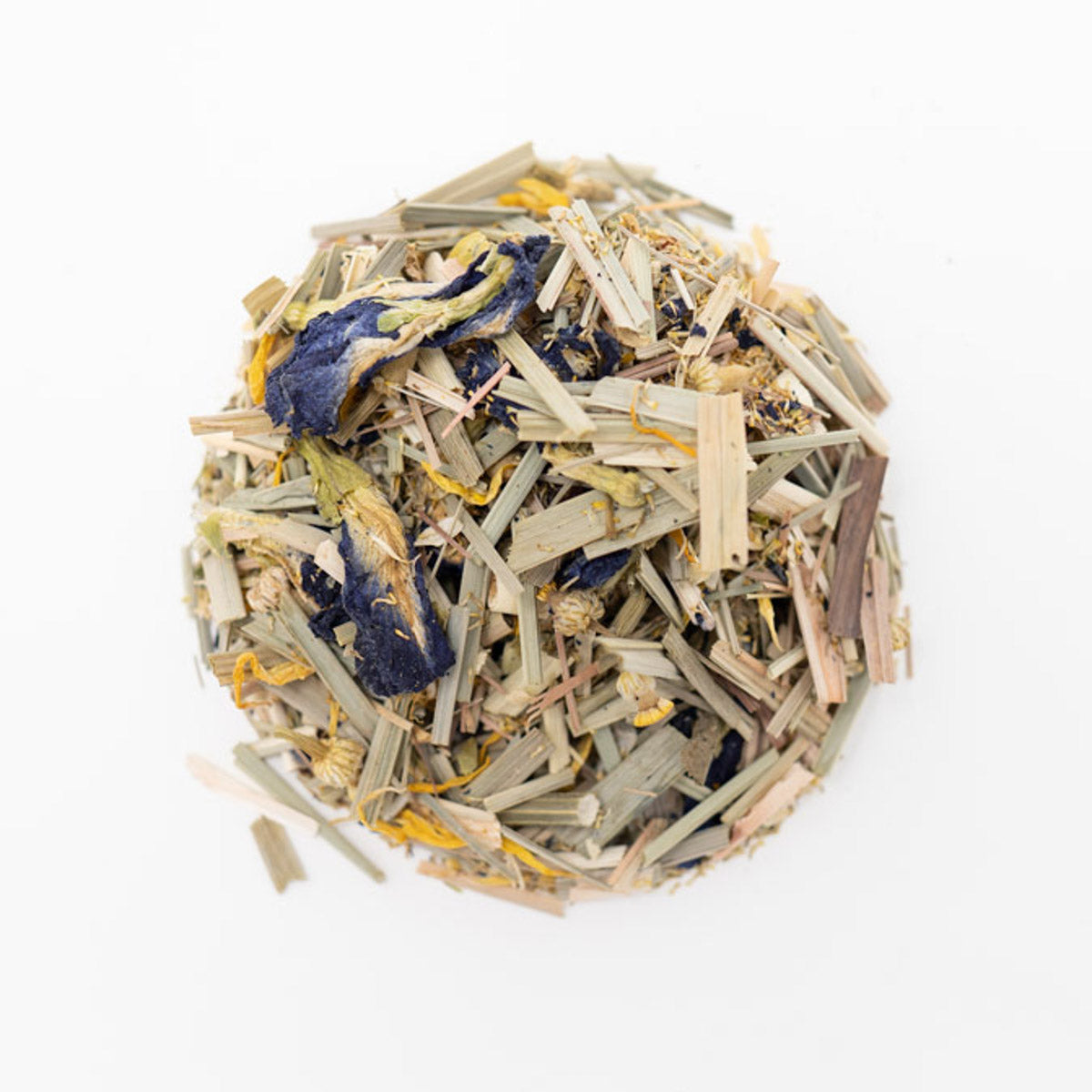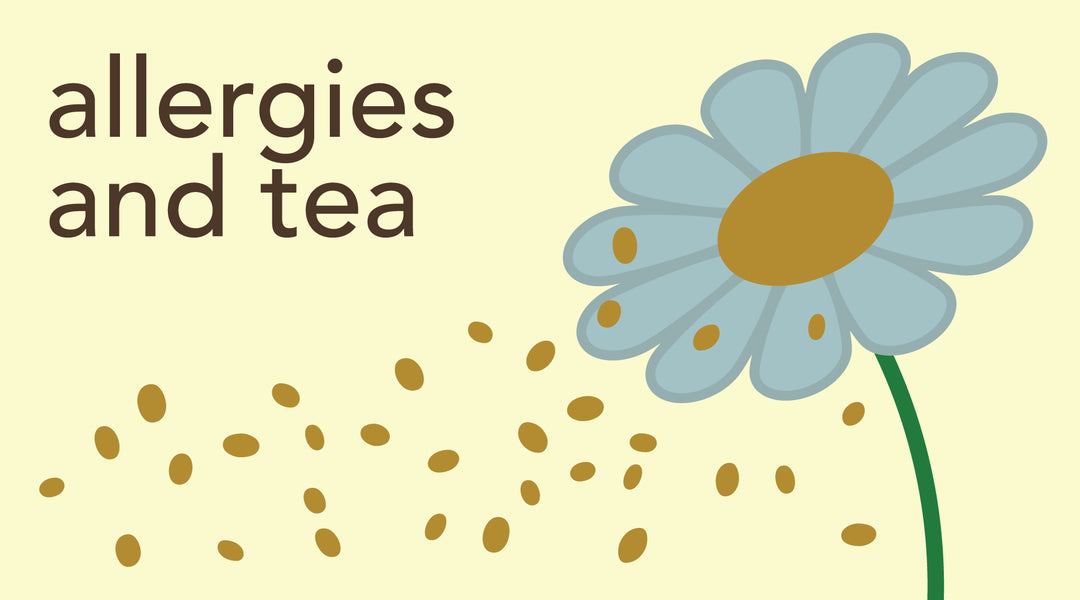Tea's Presence in Visual Art

Tea has been a cultural staple for so many parts of the world throughout history. It has played roles in rituals, fueled revolutions, been covered in literature, inspired parties and celebrations, and even had museums dedicated to it. There is truly no end to the cultural impact of tea, and we have explored many of its cultural footprints in previous articles. One topic we have yet to dive into though is tea’s presence in the visual arts - so that’s what we’ll be doing today.
Because art is a representation of culture, and tea has had such an extensive impact on cultures around the world, we see tea in art pieces of all kinds. This representation can be depicted using various mediums - paintings, drawings, sculptures, photography, etc. - from a vast span of time periods and places. Sometimes tea will be seen in the background while other times it becomes a focal point. This enormous range of possibilities has given tea a larger artistic footprint than we can explore in one article, so we will begin by exploring the basics.
Tea and art have both been around for thousands of years, so it is hard to say when the first use of tea in art was. One of the earliest records that we do have is of tea being used as dye during the Tang Dynasty in 7th-10th century China. The dye was primarily used on fabric and specific trends and styles would later develop during the Song Dynasty and Yuan Dynasty.
Another early example of tea’s presence in art history is the artistic elements added to teapots and other brewing devices. In Russia, a device called a samovar was created and has since been used as a popular device for brewing tea, especially during tea ceremonies. This device was based off of similar multi-compartmental devices from China, Japan, and Iraq, but the Russians added their unique elements to their model. Samovars have been found in households of all classes, but the more expensive ones tend to be exquisitely decorated. A collection of samovars can be found on display at The Museum of Russian Art in Minneapolis, Minnesota. Other devices, such as traditional teapots, have been appreciated in a similar manner. Some of these teapots are wonderful examples of pottery, metal work, and painting, like the ones on display at the Victoria and Albert Museum in London.
Many of tea’s ceremonial uses and historical significances have also been depicted in paintings, drawings, and even sculptures that are now on display in museums worldwide. There are a few notable oil paintings from the 19th century that stand out to me as windows into what tea’s role in society looked like in each respective country during that time period. These include “A Couple Drinking Tea” by an anonymous artist from China, Marianne North’s “Tea-Drying in Mr Hölle's Establishment, Java” which depicts Indonesia, and Jean Carolus’s “Afternoon Tea” from Belgium. The anonymous “East India Company Ships at Deptford” is a bit of an older example of oil painting that shows a 17th century scene of trade within the tea industry. Looking at a different medium, “The Tea-Table” is a sketch published by John Bowles in an 18th century London newspaper. This piece gives us a glimpse into the London tea room, which was very popular at the time it was drawn. The anonymous “Chinese Tea-Taster” is of yet another medium, sculpture. This brick and tile piece is an 18th century statue that used to stand outside of a tea warehouse.
Tea, teapots, and other tea accessories also appeared a lot in still life paintings which gained popularity in The Netherlands during the 16th-18th centuries. Tea, and other popular still life objects, like food and flowers, were often painted and gifted amongst the Dutch because the paintings lasted longer than an actual spread of those objects. In the words of my old art history professor, Henry Luttikhuizen, “art lasts longer than its subject and artist.” Tea accessories have also appeared in many still life paintings like James Pittendrigh MacGillivray’s “The Tea Table” and Nicolai Ivanovich Fechin’s “The Samovar.” After the Grand Tour in the 17th-19th centuries, tea artifacts from all around the world started showing up in the art of regions they were not originally from. Japanese teapots were painted in France while Russian samovars were collected in the United States. This phenomenon was seen with other inanimate objects as well and some critics said that it caused certain art pieces to appear out of place. An example of this that stretches beyond tea is when Muslim prayer rugs were painted into scenes of Catholic religious ceremonies. Some tea-specific objects were so universally loved though that it soon became hard to depict where the item came from and therefore whether or not it ‘fit’ in a certain work of art.
Art teaches us so much about the history of the world we live in, so it makes sense that it is able to teach us about tea too. I encourage you to pursue the exhibits and galleries linked in this article to visually experience the artistic footprint that tea has left around the world for yourself.
Written by Kourtney Camm
